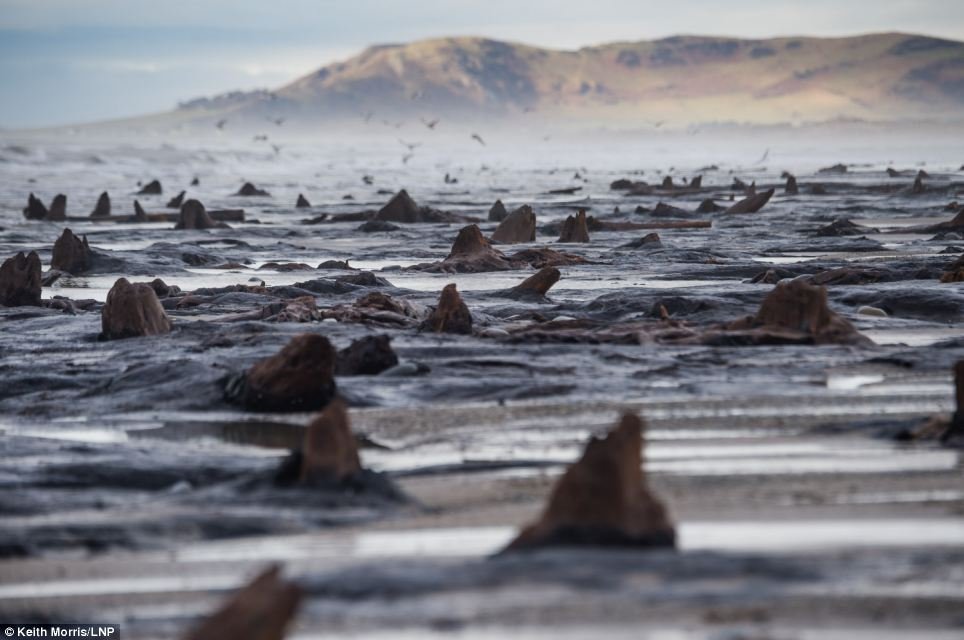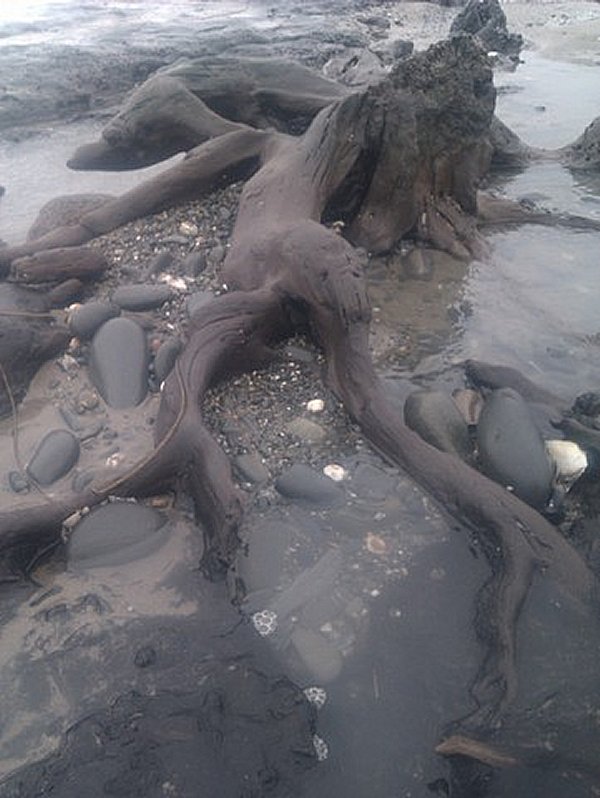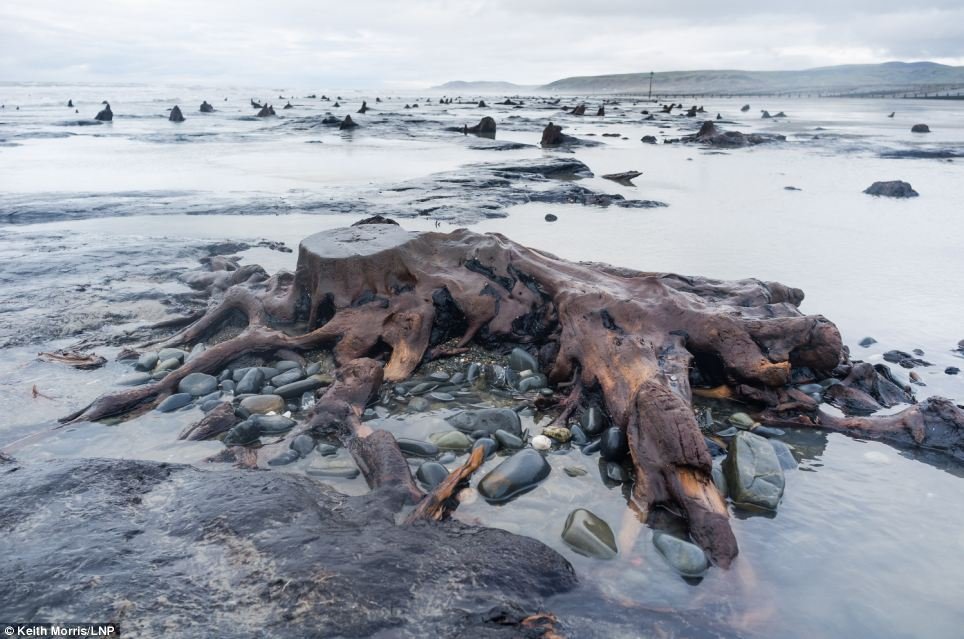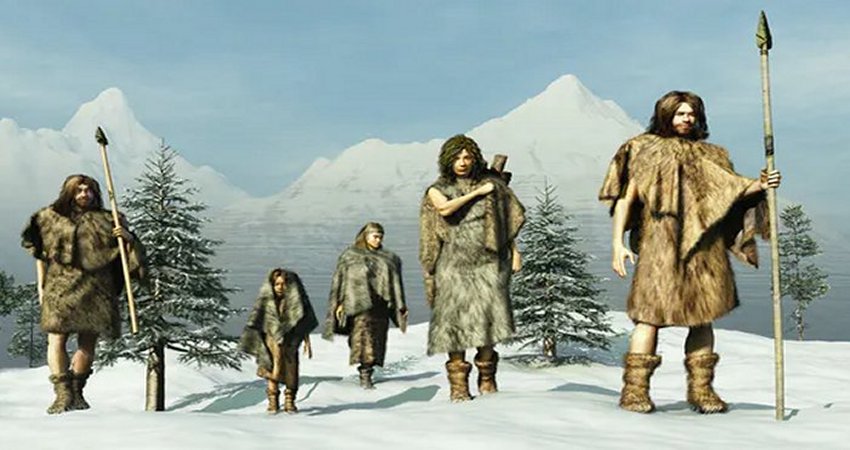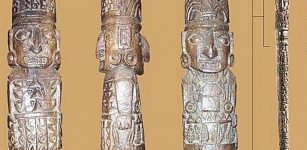Amazing Mythical Forest Submerged For Millennia – Now Revealed On The West Coast Wales
MessageToEagle.com – A prehistoric, long-submerged forest has been revealed by the extreme weather that has tortured the coast of Britain in recent weeks.
Even some years ago, while walking along the beach during low tide, people could see the remnants of an ancient forest located on the coast of North West Wales, overlooking Cardigan Bay.
Now, on the west coast Wales, tree stumps of oak, hazel, pine, birch, willow and alder can be found embedded in peat at one meter below the normal surface between high and low water
marks. Even twigs and branches are uncovered.
The legendary forest died more than 4,500 years ago, and its remnants are now sticking out of the sand from beaches of Cardigan Bay.
The tree stumps on the beach between Borth and Ynyslas are said to be the origins of the legend of a lost land – the Lowland Hundred or Cantre’r Gwaelod as it’s known in Welsh.
According to myth, Cantre’r Gwaelod was once a fertile land and township, now submerged under the waters of Cardigan Bay.
It was lost beneath the waves in a mythical age.
“The forest of Borth once stretched for miles on boggy land between Borth and Ynyslas, before climate change and rising sea levels buried it under layers of peat, sand and saltwater, “reports the Guardian.
Scientists have identified pine, alder, oak and birch among the stumps which are occasionally exposed in very stormy winters, such as in 2010, when a stretch of tree remains was revealed conveniently opposite the visitor center.”
This year a great swath of the lost forest has been revealed. Last month archaeologists also found a timber walkway nearby, exposed by the storms.

“It was discovered by Ross Cook and Deanna Groom, from the Royal Commission on the Ancient and Historical Monuments of Wales, who went beach walking in the wake of the storms to check for any new finds.
It was made from short lengths of coppiced branches, held in place with upright posts.
“Two years ago human and animal footprints were found preserved in the hardened top layer of peat, along with scatterings of burnt stones from ancient hearths.”
The whole area was once under forest which, over time, became swampy and was then submerged under the sea as the coastline changed over thousands of years.
“This submerged forest proves that the coastline used to be further west and that the sea level has risen. Radio carbon dating suggests that these trees died around 3500 BC (but others to the south, near Borth, date from 1500 BC). The tree stumps were preserved by the acid anaerobic conditions in the peat.”
Ruled by Gwyddno Garanhir, the low-lying kingdom was protected from the sea by a series of dykes and sluice gates. One stormy night, the appointed watchman Seithennin – a heavy drinker – was at a party and left the water gates open. The land was flooded and disappeared under the waves.”
“Perhaps there was an earthquake and a tidal wave or tsunami. It is said that if you listen closely, you can hear the bells of the lost city ringing out from under the sea, especially on quiet Sunday mornings and particularly if you’re in Ynyslas or Aberdyfi…”
Millennia-old tree trunks and roots of the forest of Borth that once stretched for miles – are still beautifully preserved.
MessageToEagle.com

